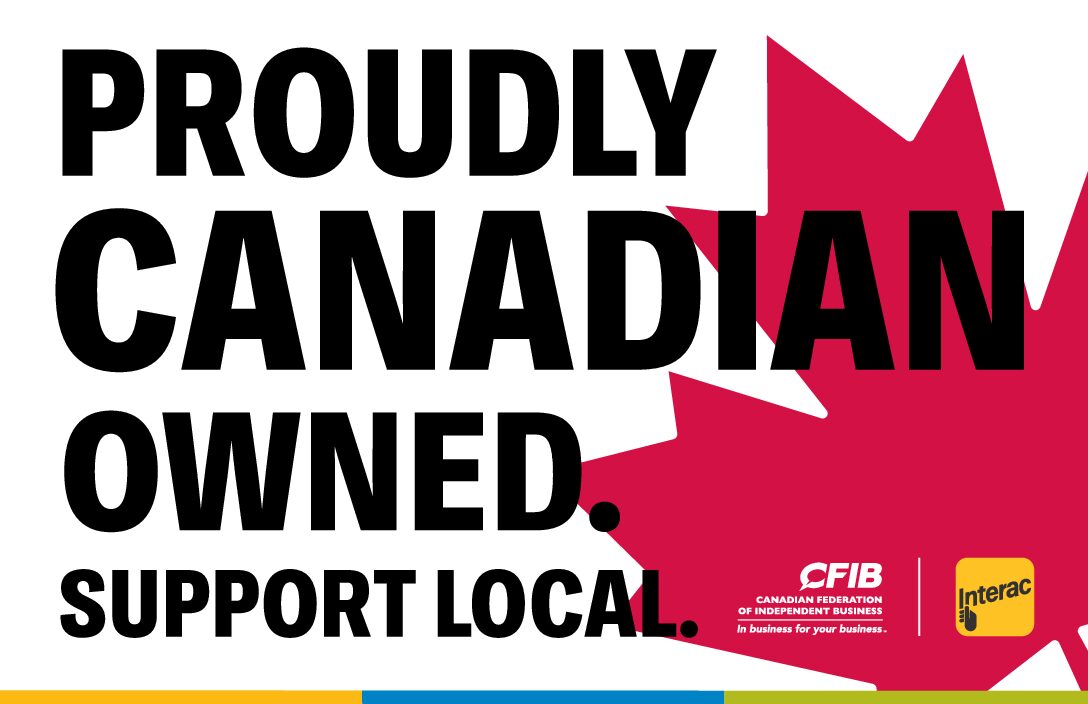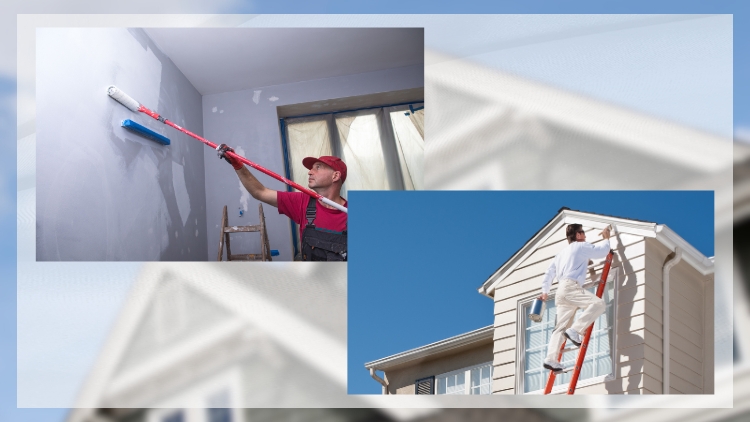We offer a wide range of services for that fresh look, or just maintenance or updates to keep your home functioning and safe. Regardless of the size of the job, we have a craftsman that can tackle it. We offer a wide range of services for that fresh look, or just maintenance or updates to keep your home functioning and safe. Regardless of the size of the job, we have a craftsman that can tackle it.

Painting / August 12, 2024

Choosing the right paint for your home is essential for both aesthetics and durability. Understanding the difference between interior paint vs exterior paint is crucial when planning your next project. Interior paints are formulated to withstand indoor conditions, providing a smooth finish that resists staining and can be easily cleaned. On the other hand, exterior paints are designed to endure harsh weather elements, including UV rays, rain, and temperature fluctuations, ensuring the facade of your home remains vibrant and protected.
Selecting the appropriate types of paint for home surfaces not only enhances visual appeal but also extends the life of your walls. By focusing on quality and the specific demands of each environment, you ensure that your painting efforts yield long-lasting and satisfying results. With expert knowledge and careful consideration, choosing the right paint for the job becomes a straightforward process, leading to a beautiful and resilient home.
As your go-to experts at Handyman Connection, we’re here to break down everything you need to know about these two types, ensuring you make the best choice for your home.
When it comes to painting the inside of your home, interior paints are specifically designed to handle the unique challenges these environments present. One primary consideration is the paint’s formulation to withstand daily wear and tear. Interior paints are generally formulated to be more resistant to staining, easier to clean, and less prone to fading in low light.
Interior paints are typically composed of various components like pigments, binders, solvents, and additives, but what sets them apart is their specific formulation. These have a higher concentration of resins, which aid in achieving a smooth finish that’s easy to clean. Their low VOC (volatile organic compounds) levels make them safe to use indoors without causing health issues due to off-gassing.
Acrylic latex and water-based are popular choices for interior projects because they dry quickly and have a minimal odour. These are also more flexible, making them less likely to crack or peel over time.
Exterior paints, on the other hand, are crafted to endure the harsh conditions that nature throws their way. Be it the scorching sun, heavy rains, or freezing winters, these are designed not just to stick around but to look good while doing so.
One of the key differences in exterior paint is its toughness. It has a higher concentration of additives that provide additional protection against UV rays, mildew, and extreme temperatures. These often contain flexible binders that allow them to expand and contract with the siding of your house, preventing cracking and peeling.
Exterior paints also have higher VOC levels compared to their interior counterparts. While this means they’re not suitable for indoor use, these compounds play a crucial role in durability and weather resistance. Oil-based, though less common now, are still used for their superior adhesion and smooth finish on exterior surfaces.
Understanding the differences between interior and exterior paints is vital for several reasons. Using the wrong type can lead to a variety of issues, from poor adhesion and early peeling to health hazards.
Interior paints are not designed to withstand the environmental stressors that exterior paints can handle. If you use interior paint on an exterior surface, you’ll find it won’t last long. It will quickly show signs of wear, such as cracking, as it can’t cope with temperature fluctuations and moisture.
Conversely, using exterior paint inside your home isn’t advisable either. The higher VOC levels can pose health risks, and the durability aspects that make exterior paint so effective outside are unnecessary for interior applications. You might end up with a more durable, but unnecessarily strong-smelling, room coating that costs more without added benefit.
Another aspect to consider is the finish. Interior paints come in a variety of sheens—flat, matte, eggshell, satin, semi-gloss, and gloss—each offering different aesthetic and functional benefits. For example, flat paints are great for hiding imperfections on walls, while semi-gloss and gloss finishes are easier to clean, making them perfect for high-traffic areas like kitchens and bathrooms.
Exterior paints, while also available in different finishes, focus more on protection and durability than aesthetic versatility. The finishes for exterior paints typically range from flat to gloss, but the main criterion is how well they can withstand the elements.

When it comes to deciding which type to use, it’s essential to consider the specific needs of the area you’re painting. For areas like living rooms, bedrooms, and hallways, interior paint is the way to go. These spaces benefit from easy-to-clean, low-VOC paints that offer a wide range of finishes to suit any décor.
For outdoor spaces, such as siding, fences, and doors, exterior paint is the correct choice. Its durability and protective qualities ensure that it can stand up to whatever Mother Nature has in store.
As home painting experts at Handyman Connection, we strongly advise against attempting DIY projects, especially when it comes to differentiating between interior and exterior paints. Hiring professionals ensures that the job is done correctly and efficiently, saving you time, effort, and potentially costly mistakes.
At Handyman Connection, we pride ourselves on delivering top-notch services that meet the highest standards of quality and satisfaction. Our team of experienced professionals knows exactly what type of paint to use for each specific situation, ensuring that your home not only looks beautiful but also stands the test of time.
Our commitment to excellence means we go beyond just applying a coat of paint. We start with thorough surface preparation, addressing any imperfections to create a flawless base. We use only high-quality paints and materials to ensure a lasting finish. And most importantly, we work closely with you throughout the process to ensure your vision is brought to life.
When you choose Handyman Connection for your home painting needs, you’re choosing a partner dedicated to delivering exceptional results. Our extensive experience and expertise mean we know precisely how to handle any project, big or small. We understand the intricacies of different paint types and finishes and can guide you in making the best choices for your home.
Additionally, our transparent process ensures that you’re informed every step of the way. From the initial consultation to the final walk-through, we keep communication open and clear, so you always know what to expect. Our goal is not just to meet, but to exceed your expectations, leaving you with a home you’re proud of.
Understanding the difference between interior and exterior paints is crucial for achieving the best results in your projects. Interior paints are formulated to handle the specific needs of indoor environments, while exterior paints are designed to withstand the harsh conditions outside. Using the correct type for each job ensures durability, aesthetics, and safety.
At Handyman Connection, we take the guesswork out of choosing the right paint by bringing our expertise and commitment to every project. Let us handle your painting needs with the professionalism and quality you deserve. Contact us today to schedule your consultation and discover why Handyman Connection is the best choice for all your home services. Your home deserves nothing less than the best, and we’re here to deliver just that.